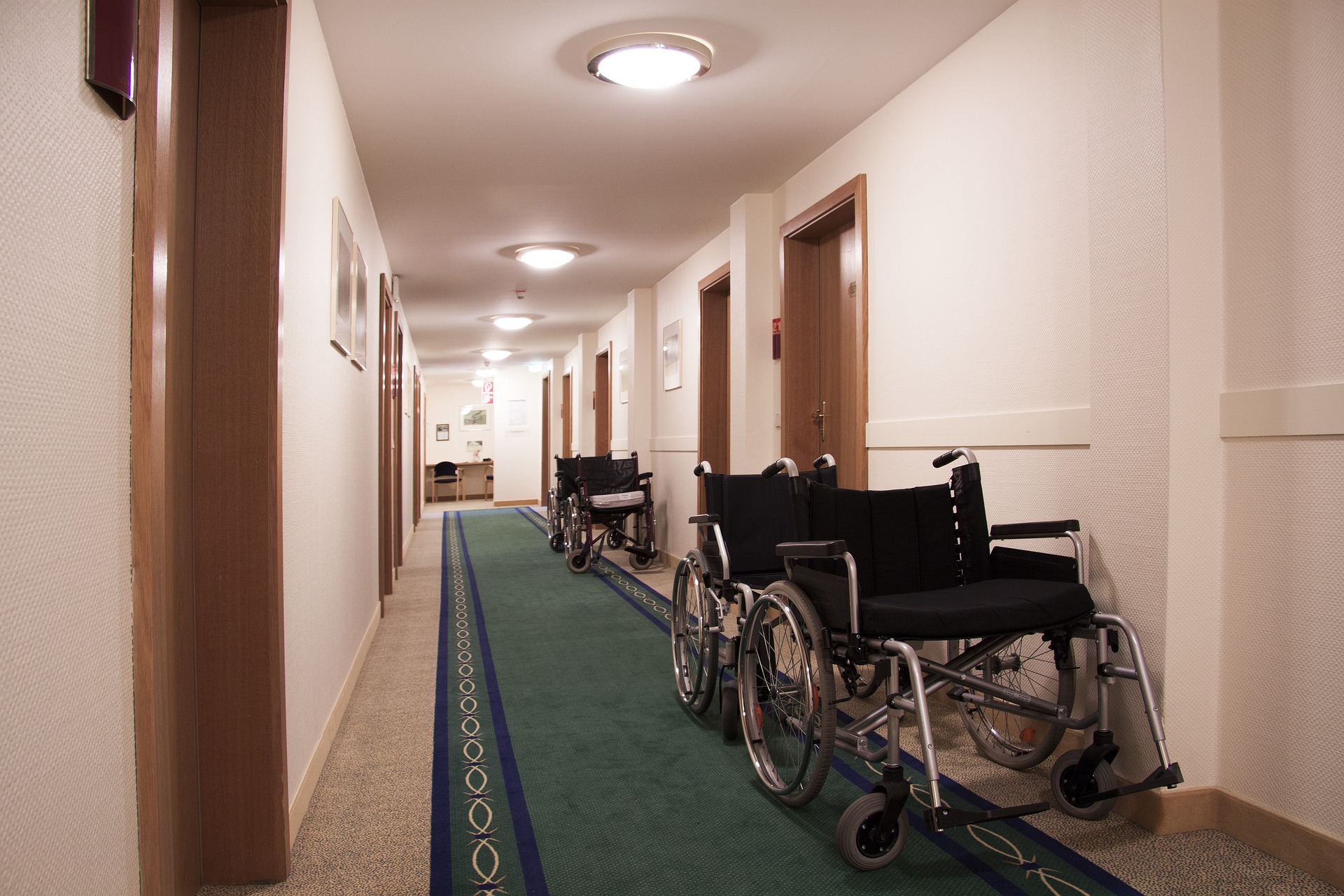What is neurodiversity?
Neurodiversity is a concept that seeks to recognize ADHD, autism spectrum, learning disabilities, and other disorders as variations in brain neurology, rather than as individual deficits. It’s a movement that recognizes that just as people have differences in physical development, they also have differences in neurological development that should be accepted and respected. Specifically, the term was coined in a mailing list called “Living Independently on the Autism Spectrum,” which was a departure from the term neurotypical, which had been in use since the 1990s, and Judy Singer and Harvey Bloom, who advocated for the neurodiversity paradigm, defined neurodiversity as a concept that is halfway between the medical and social models of disability.
The traditional medical model of disability views “impairment” as the most important component of disability, and therefore as a concept that needs to be treated. However, people with disabilities often see their disability as something they have and will always have, rather than something that can be treated. In this gap, the social model of disability began to emerge. The social model of disability views disability as a condition in which an individual with a disability is hindered by social barriers. The social model of disability views disability as a condition in which individuals with disabilities are inconvenienced by social barriers, such as sidewalks that do not have Braille, or public transportation that does not accommodate wheelchair users.
Between these two models, neurodiversity has expanded to include the acceptance of medical impairments and calls for a change in the way society views them and a respect for differences. Initially, the neurodiversity movement began with people with autism, and has since spread to people with other developmental and psychological conditions, as well as people with mental illness. People with ADHD, dyslexia, dyscalculia, Tourette’s syndrome, bipolar disorder, and other disorders have traditionally been viewed as “disabilities” that need to be treated or corrected, and fit into a mold of what society considers normal. Instead, the neurodiversity movement emphasizes the need to break down social barriers to ensure their rights and eliminate the discrimination they actually experience through individualized education and support.
The neurodiversity debate
The neurodiversity movement has been controversial, even among the autistic people who started it, and in its short history, it has continued to add to and expand upon existing concepts. A common argument against neurodiversity is that it is a movement for people with higher cognitive abilities and excludes people with lower cognitive abilities. However, neurodiversity is not a movement that excludes low-cognitive individuals, but rather focuses on a group of people who are socially discriminated against, but do not meet the legal definition of “disabled” and therefore do not belong anywhere or receive any support. The criticism that medically evident illnesses are interpreted as “diversity” to deny the usefulness of treatment has also been extended to a movement that rejects social standards and discrimination that divide normal and abnormal under the label of “disability,” rather than the notion that if a person wants medical care, they should be able to receive it and that medical care is inappropriate.

Why it’s still a movement for the ages
Existing disability discourse fails to support the marginalized population of borderline intelligent people. The neurodiversity debate, like the neurodiversity movement to date, is likely to become more intense, vigorous, and expansive in the future. On the one hand, highlighting the positive features of neurodiversity by emphasizing only the exceptional abilities of people with Asperger’s syndrome, for example, may exclude others who are not as exceptional. Therefore, the discussion on neurodiversity should move in the direction of solidarity to recognize and further develop the abilities that are expressed, rather than evaluating and prioritizing individual abilities, and to ensure that no one is left behind in the lifecycle, from study to employment to retirement. In the context of exploring and honoring the diversity of human resources in a rapidly changing society, neurodiversity may be a potentially game-changing key.




